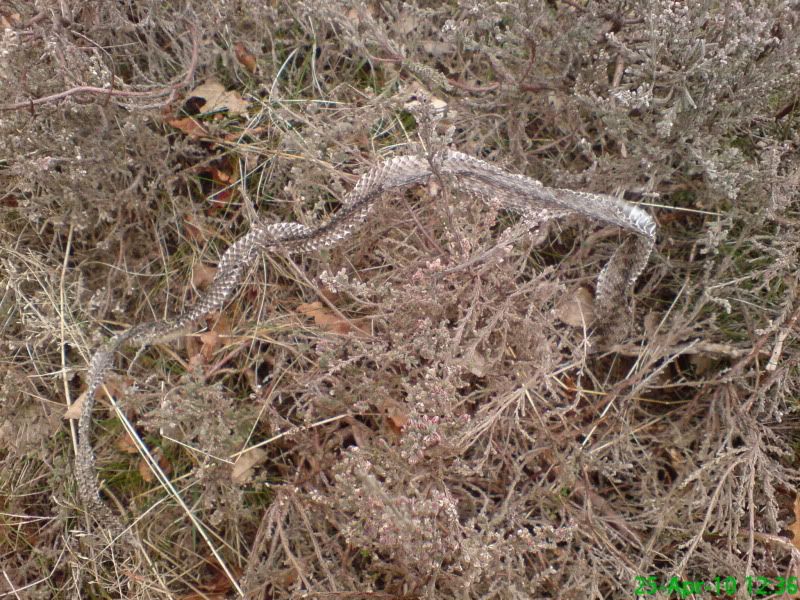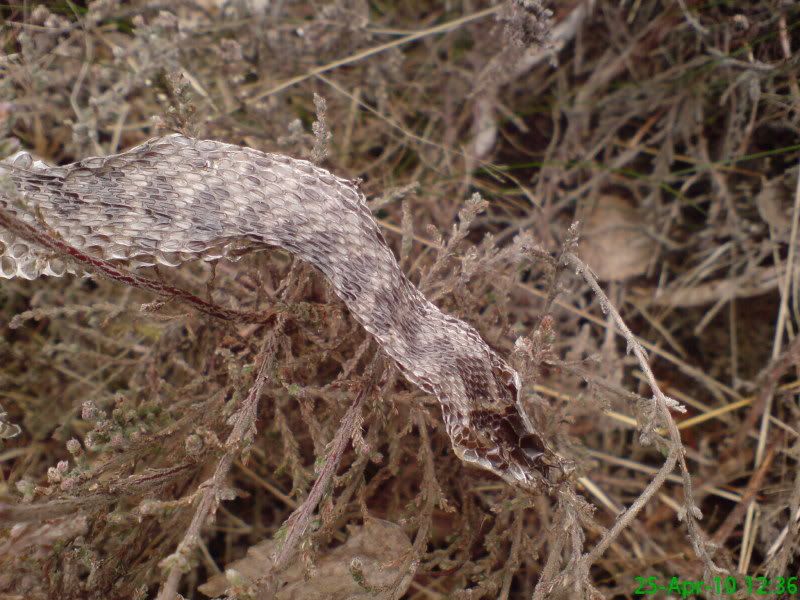Is this behaviour only when emerging from hibernation?
In groups of males and females like this, yes. The hibernaculum will be near by and they choose the best place to charge up and absorb the suns rays. The females will emerge from hibernation a couple of weeks later, rest up and bask. Then the males will soon begin to shed their skins and take on their brighter breeding colours and begin to attempt to mate.
Are they ever territorial ?
Not especially, males do partake in combat with other males over a female they both come across (see dance of adders). After mating they usually disperse to other areas which can be a couple of miles from their hibernaculum and mating grounds. Individuals can then sit in and around the same spot before they come back to the hibernation sites in early autumn. They are then spread out over quite an area, so territory isn't uppermost on the adder mind and the odd one or two may still be found together (both sexes). In September the females will head back to the hibernation area to give birth a week or so later. They don't eat for quite a period then until they give birth. Males will still be dispersed, but they will start to head back in late September/October.
When do they start needing to feed?
Usually after they have mated. Everything else is secondary (apart from basking) until that has happened. You can even see lizards basking in, around, or even on adders after emerging from hibernation. Any other time of the Spring and Summer, they are on the menu.
What time of the year do they mate?
Depends where you are in the Country. Down South it can start late February/early March if the weather is good. Add a week for every 100 miles you go North. It can then last a couple of weeks, again, weather depending. The hotter it is, the earlier it takes place and over a shorter period. Adders have already started emerging from hibernation, and this is the best time of year to see them.
What are the best tips you have for a glance of them in the wild?
Get up early, about an hour after dawn, and walk softly and slowly. They will come out on overcast days, but slightly later. The colder it is, the less inclined they are to move from a basking spot if they sense you. In warm weather with direct sunlight, they will shoot off quickly. If you haven't found any by 1pm, give up. They don't usually hang around much after mid day.



